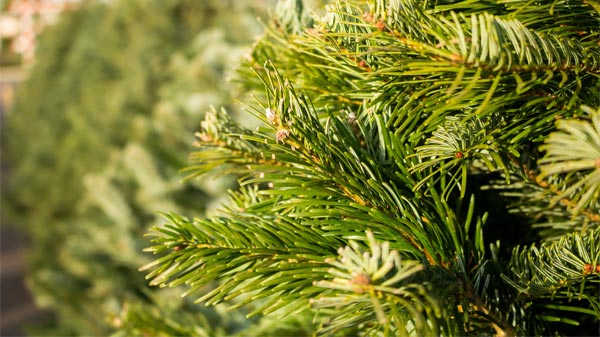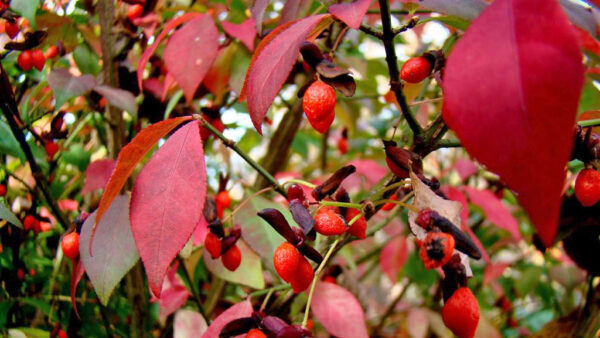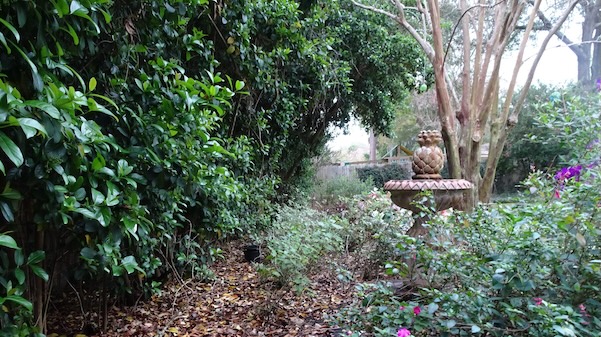Real or Artificial Christmas Trees? A Very Merry Holiday Dilemma! [Infographic]

There are many factors to consider when making the choice, from convenience to appearance to environmental impact. Below, we’ve broken them all down in our nifty infographic to help you decide. (Scroll to the bottom for full text with helpful links!)
![Real or Artificial Christmas Trees? A Very Merry Holiday Dilemma! [Infographic] 1 real or artificaial christmas trees scaled](https://connecticutgreen.com/wp-content/uploads/2017/12/real-or-artificaial-christmas-trees-scaled.jpg)
The real vs fake Christmas tree debate has been a battle for the ages. Remember when Charlie Brown bought that sad little evergreen instead of the pink foil tree Lucy wanted him to buy? Remember how everyone railed on him for that? With a little love, the tiny tree turned out to be alright, but Charlie might have saved himself a lot of grief by going with the artificial one.
That seems to be a choice many of us are faced with each year: do we go for the authentic Christmas tree experience – maybe even cutting down our own tree, trimming branches and cleaning up needles all season? Or do we make it easy on ourselves and buy a boxed tree that doesn’t leave needles all over the car (and the house) and comes with the lights already installed? There are many factors to consider when making the choice, from convenience to appearance to environmental impact. Below, we’ve broken them all down to help you decide.
Cost
Genuine Trees
Real trees tend to cost more over time, as they need to be purchased year after year. In the New York Metro area, trees average around $75 – and higher – depending on the type and size. You’ll also have to pay for a stand and lights – items that are often included with the fakes.
Artificial Trees
You can spend as much as you like on an artificial tree! Big box stores have them for as little as $50, and prices can head into the thousands for premium, pre-lit trees. The advantage here is that you’re only paying once.
Verdict: Over time, a high quality artificial tree will probably prove to be the better value.
Convenience
Genuine Trees
Unless you’re paying for delivery and setup, there’s nothing convenient about a natural Christmas tree, unfortunately. Getting the tree onto your car and lugging into the house can be downright awkward; getting it into the stand isn’t easy either. There’s also the business of trimming awkward branches and cleaning up fallen needles. And don’t forget – your tree will need to be watered regularly to keep it vibrant and safe.
Artificial Trees
This is where the artificial trees easily beat out the real ones. Most faux trees come in a box that will easily fit most cars, then assemble easily. Even the lights come preinstalled on many battling tangled strands or worrying about even distribution! Plus, there’s no need to worry about dragging the tree out to the curb, and then vacuuming up the mess of needles behind it either. These trees will go back into their boxes and wait in the basement or attic til next Christmas.
Verdict: The artificial tree is the hands-down winner when it comes to convenience!
Look, feel and scent
Genuine Trees
There’s nothing quite like a genuine evergreen tree, is there? While the synthetics have done a great job of simulating the appearance of a real tree, there always seems to be something a little “too perfect,” perhaps too symmetrical about their look and feel. And let’s face it: nothing matches the scent of a real tree, either.
Artificial Trees
Artificial trees have come a long way and, if you’re willing to pay a little more, you can find a tree that looks a whole lot like the real thing. Miss that piney smell? It’s easy enough to replicate with scented ornaments. One bonus of the fake tree? Any branch can handle any ornament.
Verdict: For look, feel and scent, you really can’t beat a genuine evergreen tree. (Unless you’re willing to spend a small fortune on really good fake – and scented ornaments!)
Safety
Genuine Trees
Real trees can be a fire hazard if they’re not well cared for. Your tree should be kept for no more than four weeks, and it must be watered daily. Keep trees away from candles, fireplaces and other heat sources, and remove the tree as soon as needles begin to drop – that means it’s dried out. And of course, always turn lights off at night and when you leave the house. (There are more smart safety tips here.)
Artificial Trees
You may think artificial trees are automatically safer, but that’s not necessarily true! Cheap materials and faulty lights can make a fake tree as dangerous as a dried-out authentic one. Look for flame retardant materials and ensure that any lighting you use is UL listed. As with real trees, don’t leave lights on when you’re not around – and always make sure your smoke detectors are in working order.
Verdict: It’s a tie. Both real and artificial trees can present very real fire hazards. Be smart, use good-quality lights, make sure all wires are in good shape, and never leave lights on when you go to bed or leave the house! More common-sense fire safety tips here.
Environmental Impact
Genuine Trees
Real Christmas trees may seem on the surface to be wasteful, but in fact, most are grown specifically to become Christmas trees! If you purchase a tree from a local farm, there’s even more benefit because you’re saving the fuel it would have taken to ship the tree to your locale. Furthermore, real Christmas trees can be mulched or recycled since they’re (obviously) composed of natural materials.
Artificial Trees
A good quality artificial tree can last for a decade or more, minimizing the environmental impact of a tree made from inorganic material. For the health and safety of your family and the planet, seek out trees that are made from non-PVC materials. Concerned shoppers would be wise to seek out trees constructed in the Good Ol’ USA to avoid the impact of shipping across the planet.
Verdict: Real trees are the best way to go green. Locally grown trees are the best bet, and if you can compost or recycle your tree, so much the better. If you must go artificial, opt for a tree that was constructed on our shores of non-PVC materials – and try to hold onto it for at least ten years! More information on making the greenest Christmas tree choice here.
Ultimately, the best tree for you will be the one that fits your budget and your priorities. Whatever you decide, be thoughtful, be safe…and be merry! Enjoy your tree and your Christmas with family and friends, and have a wonderful holiday season!
Latest Posts
The Best Deer-Resistant Flowers, Trees, and Shrubs for Connecticut Gardens
If you love gardening but struggle with deer destroying your plants, you’re not alone. Many homeowners in the northeast face the challenge of keeping their…
Invasive Plants in Connecticut: Why do they matter and what can we do about them?
The recent wildfires in California were horrific and devastating to homeowners and the economy. Many of the factors leading to this tragedy were beyond prevention:…
Watch Our Video: Reducing Mosquitoes with In2Care Traps
Nobody likes mosquitoes. They’re kind of the worst, aren’t they? Besides the annoying, itchy bites, they can also carry diseases like Dengue and Zika. But…
Maintain a Beautiful, Healthy Lawn Free Of Pests
Contact us today for a free consultation and find out how Connecticut Green can make your lawn healthier and more vibrant!
